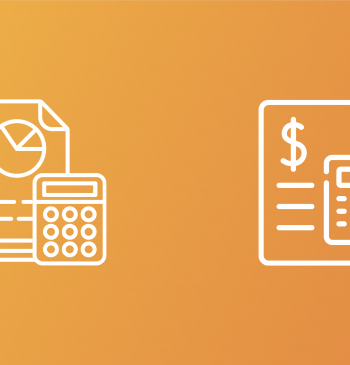15 Aug

The working capital loan, also referred to as working capital advances or working capital lines of credit, are unsecured loans that provide short-term funding to businesses. The term “working capital” refers to the cash flow needs of a company at any given time, while “loan” refers to how much money you can borrow based on your current earnings and other factors such as risk profile or credit rating.
What is a working capital Loan (WCL)?
The WCL is a short-term loan that helps startups, small, and large businesses to meet their regular business operations expenses. Banks and non-banking financial companies (NBFCs) offer it under various schemes. The borrowers can get working capital from banks on a secured or unsecured basis, depending upon the borrower’s requirement.
Working Capital Loan differs from other loans as it has no collateral attached to it like a mortgage or fixed deposit, which makes it easy for borrowers to repay the amount within 12 months without any difficulty in the future.
How Does a Working Capital Loan Work?
Working capital loans work like any other credit facility. You can apply for the loan with your employer or manage it yourself. The bank will provide you with a letter of intent that states all terms of the agreement, including interest rate structure, repayment tenure, etc. If approved, this document will be sent out so that both parties know exactly what they are signing up for before signing anything off on paper or electronically.
Before applying for a WLC, keep these points in your mind.
- Get a loan from the right lender.
- Make sure the loan fits your needs and budget.
- Make sure it fits your cash flow, credit score, business plan, and other criteria that may impact your ability to repay or refinance a working capital loan.
Features of Working Capital Loan
- Working capital loans are short-term, collateral-free, and unsecured.
- The WC loan can be used for various purposes, including working capital needs, short-term needs, and business expansion.
- The interest rate on the working capital loans varies from bank to bank, depending on the business’s requirements.
- Working capital loan provides a variety of options such as,
- Short-term or long-term option
- The fixed interest rate or variable rate option
- Lump sum payments on account or at maturity option
Importance of Working Capital Loan For Businesses
A working capital loan is an excellent option for businesses of all sizes. For example, if your business needs to purchase inventory and you don’t have the cash on hand, working capital loans can help bridge the gap until your next payday arrives.
WCL for Startups
Working capital loans make sense when starting up a new business in an area without much competition. They may not have enough money flow early on but still need something like working capital financing so they can get started and grow their revenues fast enough without running out of cash before they’re ready.
WCL for Small and Medium-sized Businesses
SMEs are businesses with a turnover of less than $50 million. They’re more likely to be negatively affected by the economic downturn, but they still have some growth potential. Working capital loans are an excellent solution for SME owners who want help with their cash flow needs while keeping their businesses running smoothly. Working capital loans provide short-term funding to pay your staff on time so you don’t miss out on sales opportunities or contracts, which could cause your business a swift decline in a revenue stream.
WCL for Large Businesses
Working capital loans are designed for large businesses that require short-term funding. These companies may not have enough cash to run day-to-day operations, or they may be waiting for customer payment before they can pay their bills. Working capital loans allow these businesses to meet their immediate needs to focus on growing their businesses and increasing revenue.
How Much Can You Borrow?
You can borrow a certain amount, depending on your business needs. The loan amount, your business needs, and your credit score determine the amount you can borrow.
The maximum amount you can borrow is up to 75% of your annual revenue. However, most businesses don’t need this much money to succeed, so they may be able to get a personal loan with less than this amount depending on their employment status and other factors such as income tax deductions or retirement plans that may help lower their monthly payments.
Conclusion
This article looked at how a working capital loan works and its features. We also discussed the importance of working capital loans for startups, small-sized, medium-sized, and large businesses.
Content writer at Invyce.com
Related Post
Copyright © 2024 – Powered by uConnect



Meena Khan